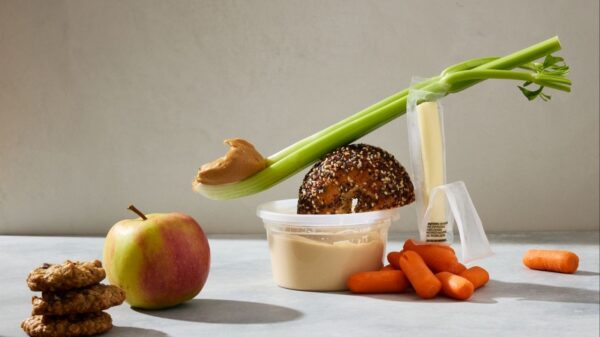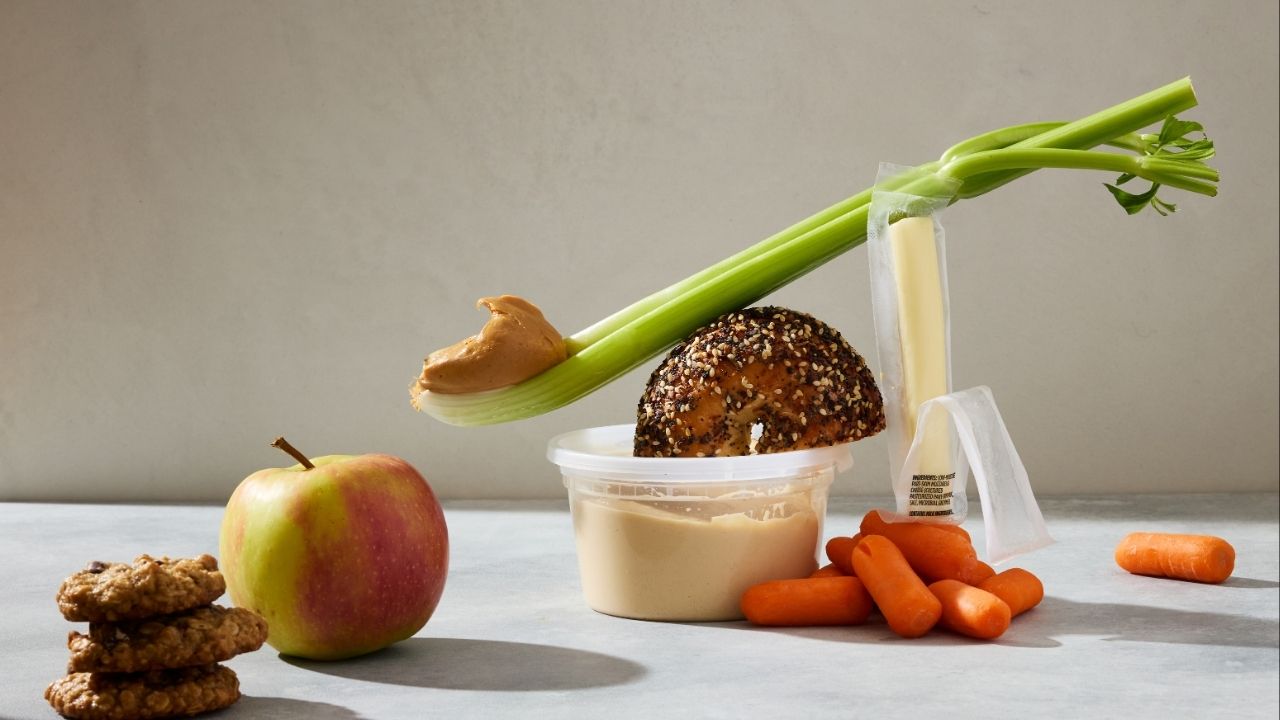Nutrition experts emphasize the importance of healthy snacking, highlighting its potential benefits for managing blood glucose, supporting digestion, and maintaining energy levels throughout the day. When chosen wisely, snacks can serve as a useful tool to bridge the gap between meals, enriching one’s diet with essential nutrients. According to Emily Wilcox Gier, a dietitian and associate professor at Cornell University, snacks can help close nutrient gaps and diversify dietary intake.
“If we choose our snacks appropriately, we can help meet our goal for vegetables or whole grains,” Gier stated. This approach can also lead to increased consumption of fiber, protein, and essential micronutrients.
What Defines a Nutritious Snack?
To create a satisfying and nutritionally balanced snack, it is advisable to include at least two of the three macronutrients: protein, carbohydrates, and fat. For instance, if one opts for a piece of whole grain or sourdough toast, enhancing it with toppings like avocado, peanut butter, or bean dip can introduce healthy fats or protein, or both.
Shana Minei Spence, a New York-based dietitian and author, emphasizes the importance of flavor, stating, “The joy in eating comes from different types of textures and tastes.” She encourages combining salty with sweet or crunchy with smooth, and keeping flavorful toppings, such as everything-bagel seasoning, chia seeds, chives, nuts, and berries readily available.
Determining Snack Size and Frequency
The size of a snack can vary widely based on individual factors, including the duration between meals, physical activity levels, and specific health needs. Generally, a snack should be smaller than a typical meal, with a recommended calorie range of approximately 200 to 400 calories. Gretchen Wallace, a dietitian from Saint Louis, suggests using a hunger scale to gauge appropriate snack sizes. On a scale where 1 indicates extreme hunger and 10 signifies extreme fullness, a snack should ideally leave you at about a 7, ensuring satisfaction while still leaving room for the next meal.
Homemade snacks offer various advantages over store-bought options. Simple combinations such as fruit paired with string cheese or vegetables with hummus can prevent the temptation of reaching for ultra-processed snacks when hunger strikes. Additionally, preparing snacks in bulk can be more cost-effective and healthier.
In collaboration with The New York Times Cooking, experts have created guides to elevate snacking habits by providing diverse, nutritious, and enjoyable options. With this approach, individuals can break free from monotonous snacking routines and enhance their overall dietary quality.
As the trend towards healthier eating continues, understanding the fundamentals of nutritious snacking can empower individuals to make better food choices that promote long-term wellness.



































































